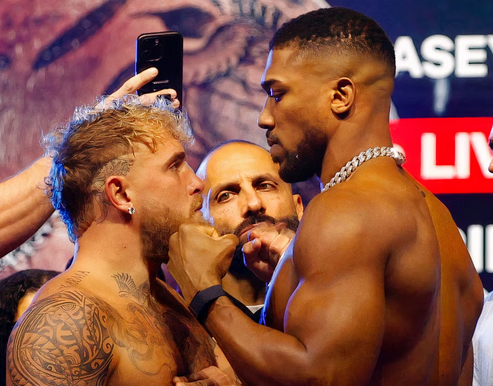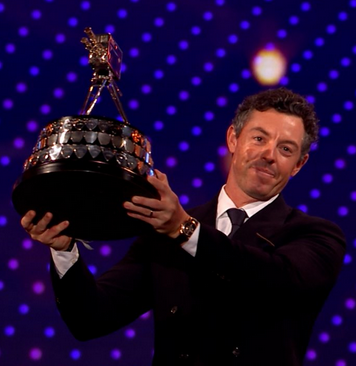It is a celebration of Irish history and culture that’s a national holiday in the Republic of Ireland and Northern Ireland.
The patron saint of Ireland, St Patrick is and is celebrated for bringing Christianity to the country, who is thought to have grown up in Britain during Roman times. But he was kidnapped and taken to Ireland as a slave.
Once he was free again, he trained as a priest and went back to Ireland to convert thousands of people to Christianity. The dates of Patrick's life cannot be fixed with certainty, but sometime after 431 AD, he was appointed as successor to St Palladius, the first bishop of Ireland.
Patrick established his headquarters at Armagh – where tradition credit him with being the first bishop of the city and Primate of Ireland. He is traditionally associated with the shamrock, a type of clover and is often pictured holding one.
This is one of the famous legends around St Patrick, but the chances are it didn't happen, because it's unlikely there ever were any snakes in Ireland. The snake may be a reference to a serpent - a symbol of evil, and the driving out a reference to Patrick's mission to rid Ireland of pagan - or non-Christian religious - influence.
Saint Patrick's Day started as a religious feast to celebrate the work of Saint Patrick, but it has grown to be an international festival celebrating all things Irish, with people taking part in parades and dancing, eat Irish food, and enjoy huge firework displays. The day is also famous around the world for people wearing shamrocks, dressing up as bearded Irish fairies called leprechauns, and wearing all green.
Leprechauns are supernatural beings made popular in folk stories and are said to bring good luck to humans, protecting them from harm and tampering with their plans to lead them down luckier paths. Dublin's famous St Patrick's Parade often features bands from around the world.
This year, many parades happened the day before the official day, with communities in places like Birmingham and London celebrating St Patrick's Day Festival yesterday (March 16) with a parade including performances by marching bands, sports clubs and Irish dancing schools. More than 50,000 people are estimated to join to admire Irish dancing, food and music.
However, St Patrick's Day is a public holiday in Ireland and Northern Ireland so parade there will be today. In New York City, parade organisers say 150,000 people are expected to take part in their parade, with more than two million people watching.











